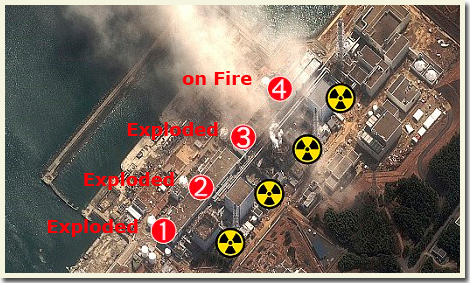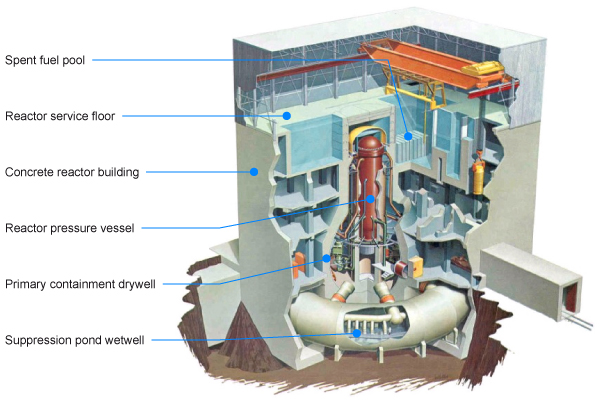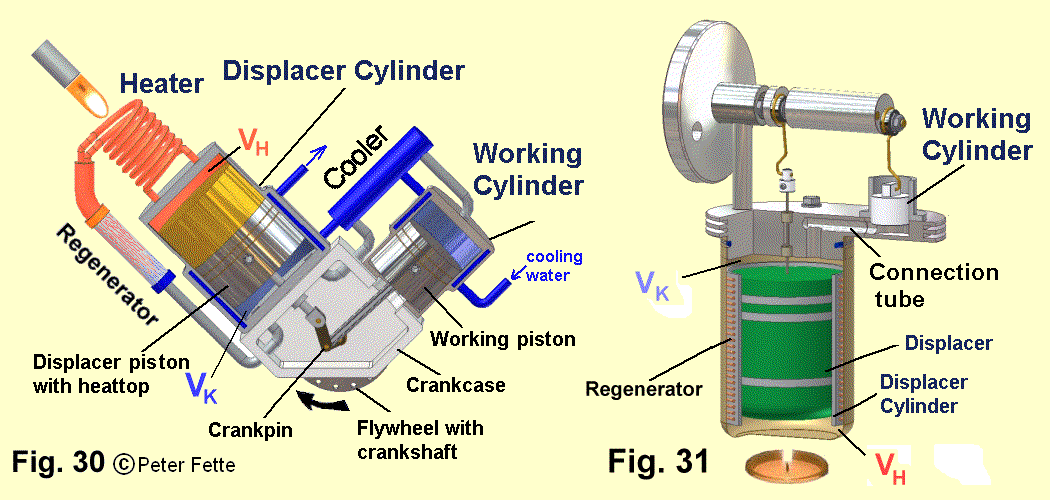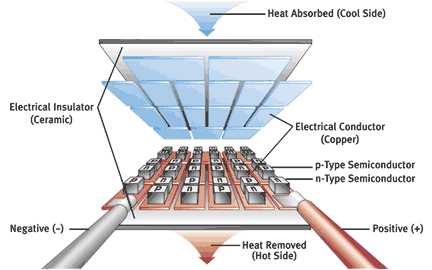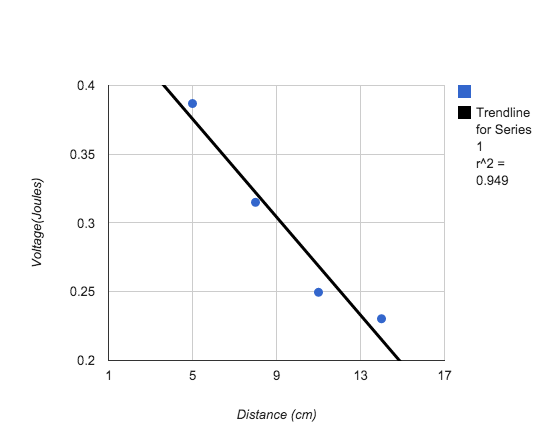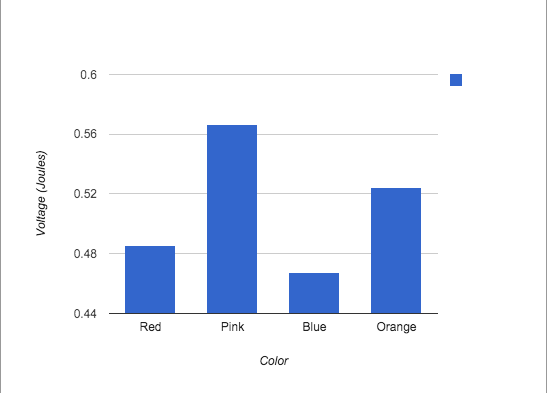Renewable energy is defined to be energy that comes from a natural resource such as sunlight, wind, rain, tides, waves and heat. Solar energy is a renewable resource because it uses sunlight to generate power. Using solar energy has many advantages, and that is why so many countries choose to use more renewable energy today. Solar energy is not only cheaper, but it is less harmful to the environment.
The top seven countries who use solar energy are Germany, Spain, Italy, Japan, china, Unites States and Czech Republic.
Germany is the leading country for using solar energy and the leading buyer of solar energy panels. They have installed thousands of solar panels, but they have planned to be using nothing but renewable energy by the year 2050. During 2009, Germany installed eight times more megawatts of photovoltaics of solar energy capacity than America did that year!
Spain is making an effort to use renewable energy more and more throughout the years. Around ten percent of Spain’s energy comes from solar power, which is five times more than the average of two percent in the rest of the world.
Italy’s power consists of nine percent solar power. Every two months, there are more solar energy panels installed in Italy than there are in California during a whole year.
Japan invested $9 billion in an attempt to encourage solar energy within the country, but unfortunately it wasn’t as successful as hoped. Though, in the same year, the prime minister announced that 32,000 public schools within Japan would use solar power.
In 2009, China has grown it’s solar capacity by six thousand percent- from less than one third of a gigawatt of capacity, to 18.3 GW.
In the United States, Americans are showing more interest in solar energy because electricity costs are getting higher. California is the state with the most solar energy with sixty percent of all solar installations in America.
The Czech Republic has been installing solar power since before the year 2007. The Czech Republic doesn’t have as much solar power as the other countries listed, however, those other countries see a lot more sun each year and they have much larger populations. Land is cheaper in the Czech Republic so that increases the growth of solar power significantly. The low cost of buying land has compromised the lack of sunshine each year.
There are also some new solar innovations that could potentially change different countries. These innovations include Bringing light to developing countries, infrared solar energy, building integrated photovoltaics, solar leaf, solar powered mobile gadgets, solar powered transportations, and new solar manufacturing processes. “Green” companies such as Greenlight planet, D.Light, and Angaza Design have developed small, durable solar charging lamps and appliances. These lamps can replace kerosene lamps, which have caused health hazards and frequent accidents. Other companies are developing “microgrids” which are solar panels that provide electricity for up to 100 households.
Only about 60% percent of the light that hits the surface is visible light, the rest lies in the infrared and ultraviolet spectrums. A group of MIT researchers developed a new carbon- based solar panel that can harness the infrared light and visible light. They need very little material so they do not cost much.
Building Integrated Photovoltaics (BIPVs) are thin solar panels that fit into your roof shingles, curtain walls, facades, and windows. BIPVs are a great alternative because they cut out many installation costs on new buildings. These are especially appealing to consumers who do not want a large solar powered rack mounted on their roof.
The “Solar Leaf” is made from a thin silicon solar cell, and when dropped into water, it separates into hydrogen and oxygen molecules connect to fuel cells that produce electricity. They do not create as much energy as traditional solar photovoltaics, but they are cheap to make.
Solar Powered Mobile Gadgets: There are over 1 billion cell phones, and although they take up a short amount of power individually, collectively they take up to 10 trillion pounds of CO2 every year. There are new innovations that with just one hour of sunlight, the SolarKindle gathers enough charge to run your device for three days.
Solar powered transportationis also in effect. Solar powered flights are being worked on as well as electric cars.
Sources:
http://planetsave.com/2012/03/06/top-6-countries-using-solar-energy/
https://joinmosaic.com/blog/7-new-solar-innovations-could-change-world/
http://energyinformative.org/where-is-solar-power-used-the-most/
http://pureenergies.com/us/blog/top-10-countries-using-solar-power/
